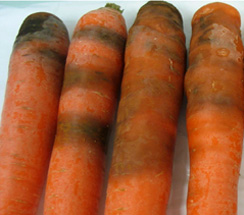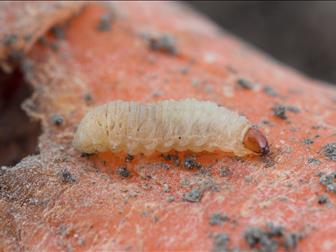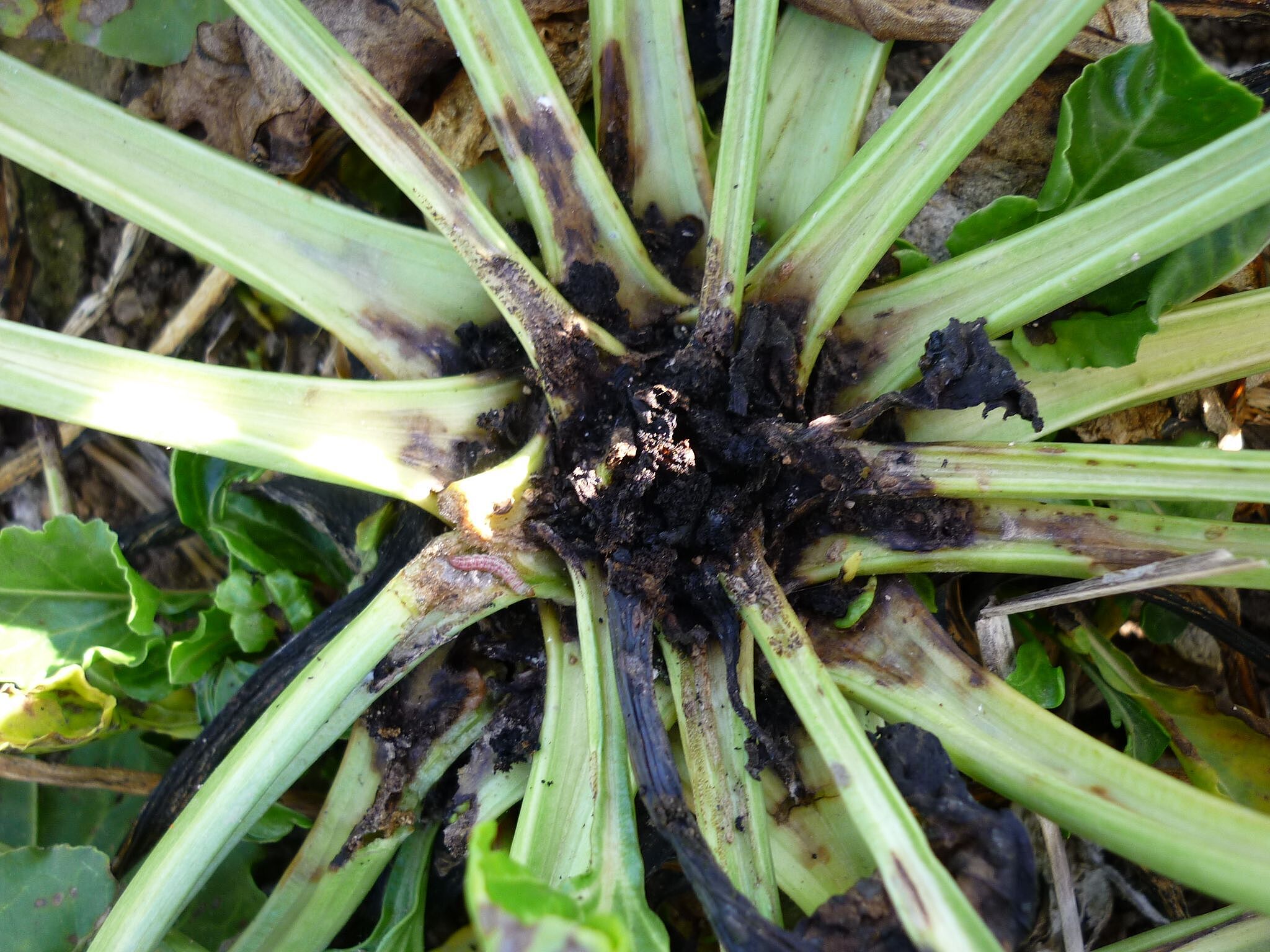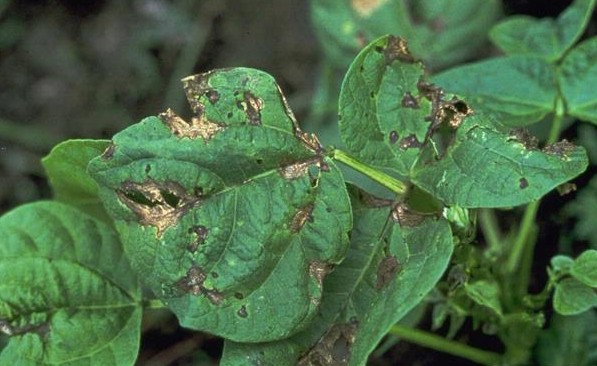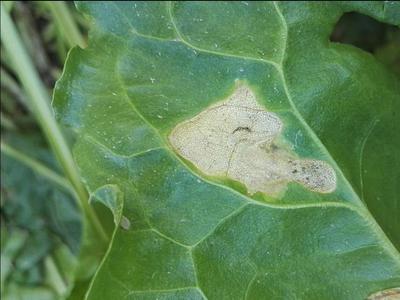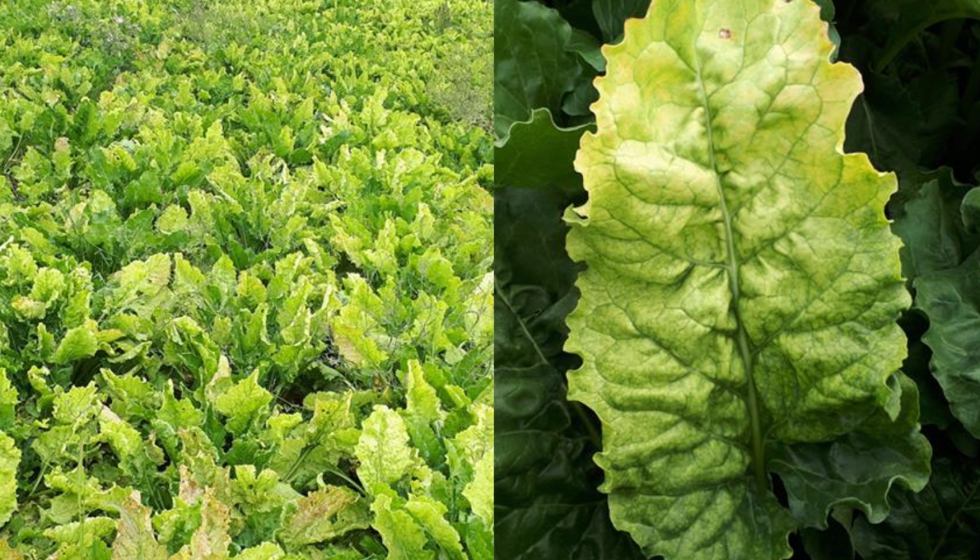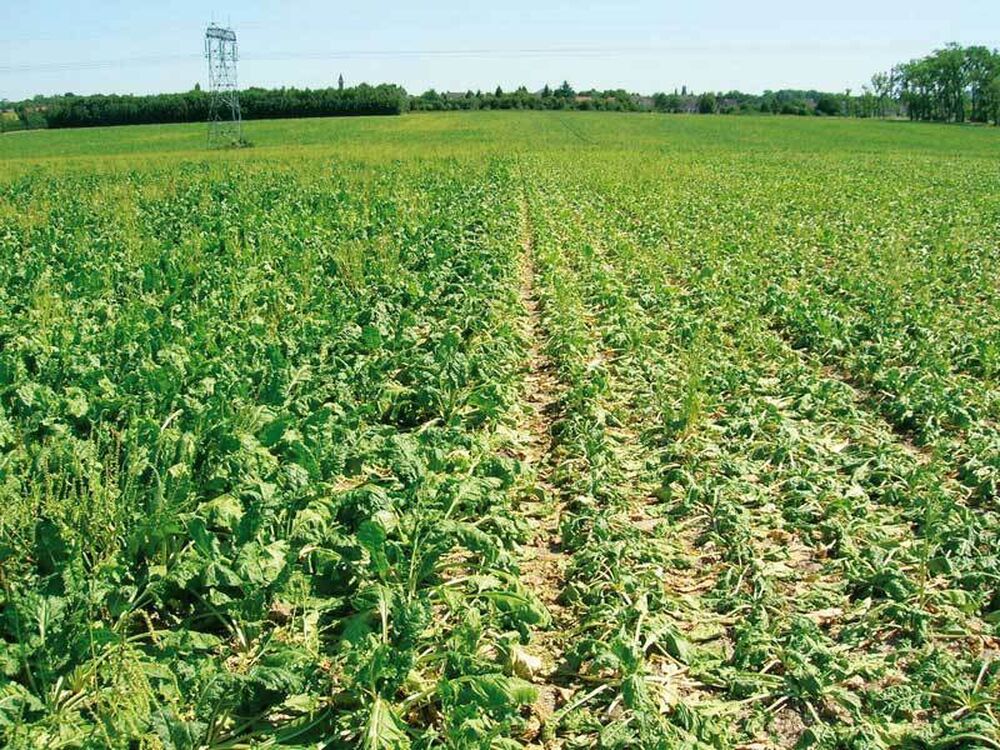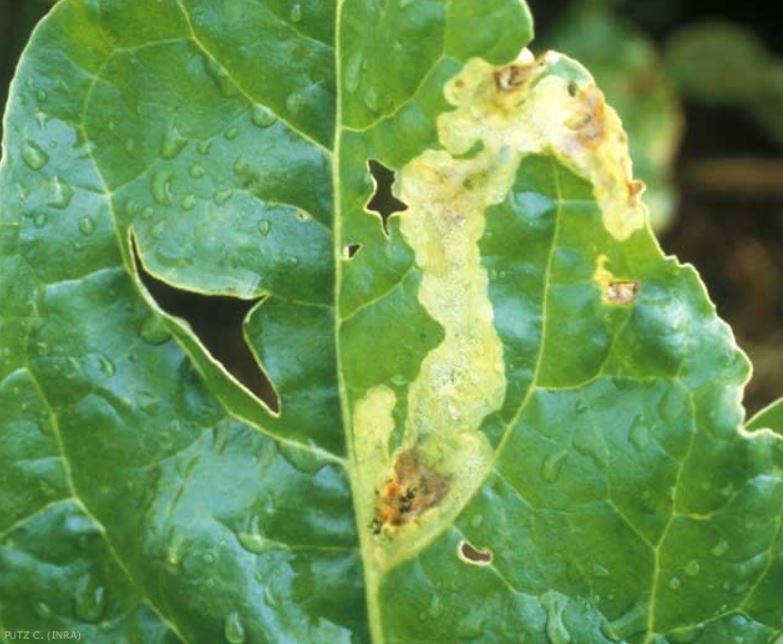
Zanahoria
How to recognize and combat vinous rot in carrots
Bad Vinous
Fungus
Type:
Risk to the plant:
HIGH
Rhizoctonia Violacea
Pathogen:
Micosis/Hongos

WHO CAUSES IT?
Rhizoctonia violacea is a pathogenic fungus that is characterized by its ability to infect a variety of plants, including carrots, causing the disease known as mal vinosus. This fungus lives in the soil and can survive for long periods in the absence of a host by producing sclerotia, hard and resistant structures. When conditions are favorable, sclerotia germinate, producing hyphae that invade the roots of the plants. Rhizoctonia violacea penetrates the roots through wounds or direct contact, colonizing the internal tissues and causing the decomposition of the cells. As the fungus grows, it forms mycelium on the surface of the roots and produces spores that are dispersed by wind and water, facilitating the infection of new plants. Additionally, the fungus can survive on infected plant remains and in soil, making it a persistent pathogen that is difficult to eradicate.
SYMPTOMS
The disease caused by Rhizoctonia violacea in carrots, known as mal vinoso, mainly affects the roots, although it can also impact the aerial part of the plant. Symptoms include the appearance of purple to dark brown lesions on the roots, which eventually rot and collapse, affecting the overall health of the plant.
- Purple to dark brown lesions on the roots.
- Root rot.
- Collapse of infected roots.
- Reduction in plant vigor and growth.
- Wilting of the aerial part of the plant.
- Death of severely affected plants.

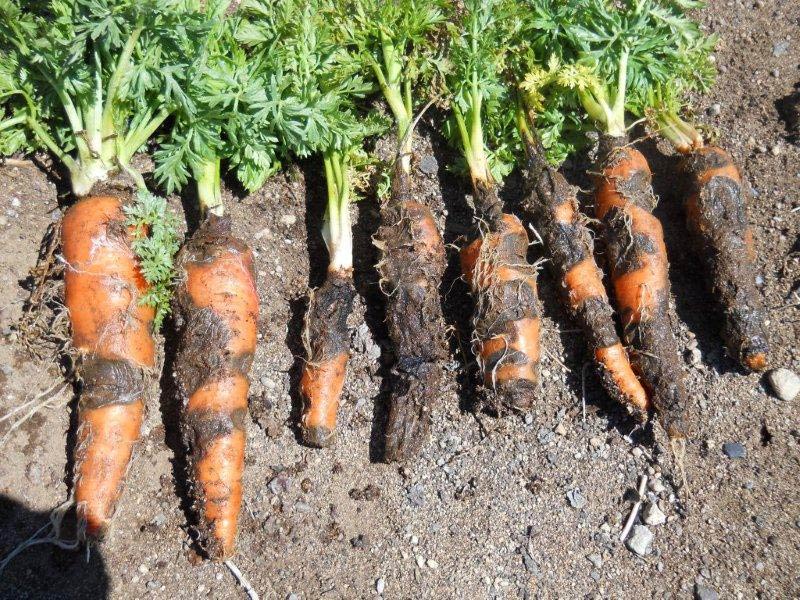
DEVELOPMENT CONDITIONS
Temperature:
20°C - 25°C
Humidity:
80% - 90%
HOW IS IT SPREAD?
Irrigation water, Wind, Contaminated tools, Infested soil, Infected plant remains, Infected seeds
HOW TO ELIMINATE IT?
Home treatments
There are no home treatments
Natural allies
Chemical treatments
There are no treatments for this disease. Treatments are directed at the insect vectors that transmit it. See insect treatments.
RECOMMENDED PRODUCTS TO ELIMINATE THE PEST
Sponsored link
Sponsored link
Sponsored link
Sponsored link
Sponsored link
Sponsored link
Effective against all types of fungi
PLANTAS REPELENTES
Rosemary, Dill, Coriander
RECOMMENDATIONS
- Check the back of the leaves frequently, especially in dry weather.
- Spray water on the leaves to increase humidity and prevent them from settling.
- Keep plants healthy with good watering and adequate light.
- If you see cobwebs or damage, clean the leaves with a damp cloth or pressurized water.
- Use potassium soap or neem oil every few days until they disappear.





















